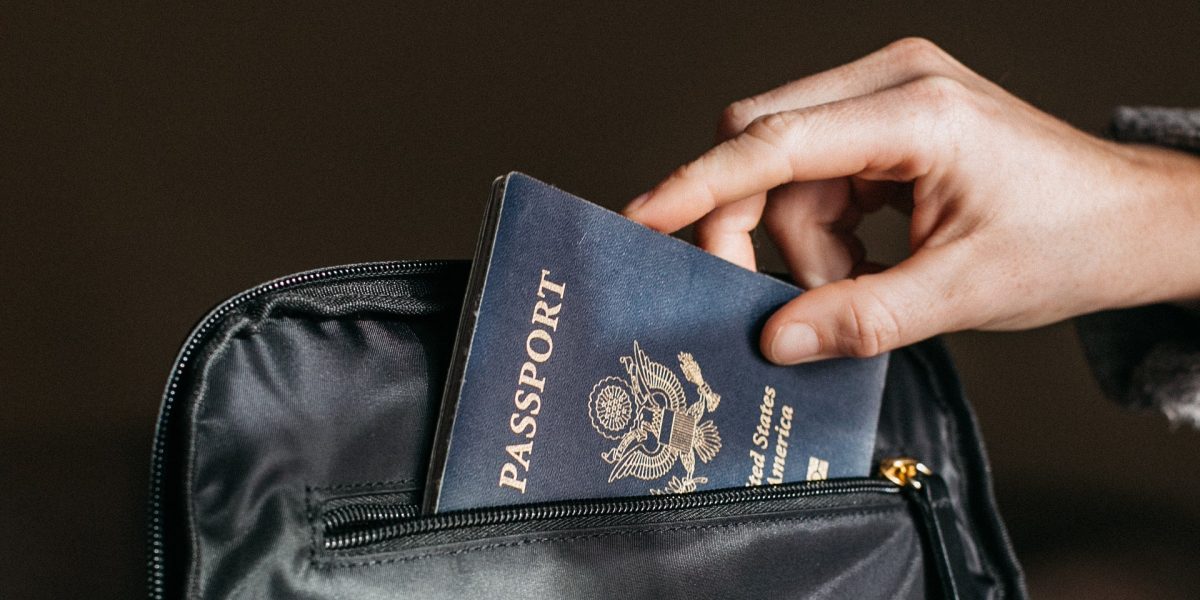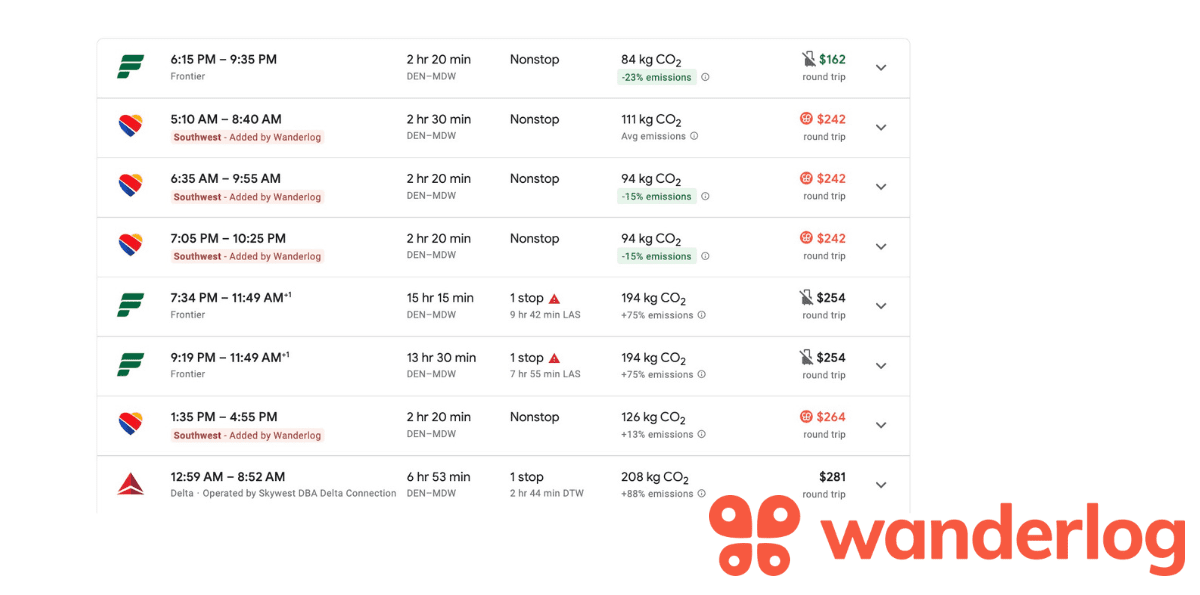Planning a trip to Europe in 2025? You're going to need more than just your passport – and prepare to pay up, too.
As of Jan. 8, the United Kingdom now requires foreign travelers – including those from the U.S. – to apply beforehand for permission to enter the country with a new Electronic Travel Authorization (ETA) system. It's not quite a full-blown visa, but it's another step before crossing the pond … and another cost, too. Less than two weeks later, that cost is poised to get higher.
The U.K. is already pushing to raise the cost of an ETA from 10 British pounds (about $13) to 16 British pounds (about $20), according to a news release. Meanwhile, travelers who are merely connecting through the U.K. will no longer be required to apply for an ETA – at least for now.
The European Union, meanwhile, is still planning to launch a similar system of its own sometime later in 2025. The final deadline is still up in the air, but once the European Travel Information and Authorization System (ETIAS) goes live, U.S. citizens and other foreign visitors will be required to apply in advance and pay a 7 euro fee to enter most countries in Europe.
Here's what you need to know – and how to apply.
Changing U.K. Entry Permit Requirements
Just over a week since it took effect, the entry process (and prices) for heading to the U.K. is already in flux.
As of Jan. 8, travelers heading to England, Scotland, or Wales need to apply for an electronic entry permit beforehand through the Electronic Travel Authorization (ETA) system. An ETA currently costs 10 British pounds – or about $13.
A new proposal in Parliament would push that cost to 16 British pounds (or about $20 USD). But that's just a pending proposal: It's unclear when it might go up for a vote and, if approved, when it might take effect.
Another major change is taking effect immediately: Passengers on flights that merely connect through the U.K. will now be exempt from ETA requirements, meaning travelers with a layover at London-Heathrow (LHR) or Manchester (MAN) will no longer need to apply and pay. But that's just a temporary exemption, according to the U.K. government's website.
For travelers entering the U.K., an ETA will be linked to your passport so you won't need to print out or show additional documentation. Travelers will scan their passports upon arrival to the U.K. to verify they have the entry permit. Travelers who show up without an ETA could be subject to a penalty.
An ETA will be valid for up to two years, allowing multiple entries. Once approved, visitors will be able to spend up to six months at a time in the U.K. for leisure or business travel, short-term study, or medical treatment. Staying longer? You'll need to apply for a visa or other entry permit.
How to Apply for an ETA
Travelers from the U.S. with upcoming trips to the U.K. can apply now for an ETA.
They're now available by applying through the UK ETA mobile app or through an online application, so there's no need to go to a U.K. embassy to apply. The application process should only take about 10 to 15 minutes and must be completed before departing for the U.K. The government hasn't yet said how far in advance travelers can apply for an ETA.
To apply, travelers will fill out an online form with some basic personal details including your email, passport data, and answers to some basic security questions. You'll also be asked to upload a photo of your passport as well as a photo of yourself. Notably, you can apply for an ETA on behalf of other travelers in your party.
You'll need a credit or debit card to pay the 10-pound fee (about $13) online.
Applications will be processed automatically, and you'll receive an email confirming whether you have gotten the ETA. Officials estimate it could take three business days to receive a response. No worries about that turnaround time, though: You'll be able to travel to the U.K. even if you are still waiting to hear back so long as you have already applied.
More information can be found on the U.K. government's website.
EU Entry Permit Requirements
For now, travelers heading to most countries in Europe don't need to apply for an entry permit. But that could change soon.
The European Union is launching its own electronic entry system – the European Travel Information and Authorization System (ETIAS). Once implemented, all foreign travelers will need to fill out an ETIAS pre-travel authorizations for a trip to almost any country in Europe, aside from the U.K. and a handful of Balkan countries like Serbia and Montenegro. A full list of the 30 counties requiring ETIAS authorization is available on the European Commission's Migration and Home Affairs website.
ETIAS authorization is tied to a traveler's passport so there will be no need to print out additional documentation. And once you receive it, your ETIAS authorization will be good for three years – and for multiple entries. So if you plan multiple European trips over a three-year period, your first form should hold up.
There's still no official date for when the ETIAS system will be implemented. According to the latest update, it will go live six months after the launch of the EU's new Entry/Exit system, which is “due to start in 2025,” according to the EU Migration and Home Affairs website.
While much cheaper and quicker than traditional visas, this new system will bring the end of hassle-free travel to Europe for Americans who are accustomed to boarding a plane with only their passports in hand. But once you land within the European Union, it should be easy to dash around much of Europe thanks to the Schengen Area. This is the agreement between 27 different European countries that allows international travelers to move around visa-free.
How Do You Apply?
The entire process will be handled online. Travelers will simply fill out a digital form with some basic information like their name, nationality, contact information, passport number and expiration, details about their travel plans, and more along with a brief questionnaire. The application is expected to take about 20 minutes to complete.
There will be a 7 euro ($7.20) fee for travelers ages 18 to 70. Minors and senior citizens still have to apply but are exempt from paying the fee.
You'll get an email once your application is processed. Most travelers will received their ETIAS authorization within minutes, but approval could take up to 30 days if additional information is required, according to the European Union's Migration and Home Affairs website.
Bottom Line
Gone are the days of only needing a passport to travel to Europe.
As of Jan. 8 travelers to the U.K. will need to apply online for an electronic entry permit – and while travelers transiting through British airports are now exempt, the price of those entry permits could soon increase. The European Union is launching a similar pre-travel authorization system that's expected to go live sometime later this year.






USA should reciprocate with a similar approach for the UK and the EU.
ESTAs for entry to the U.S. have been in place for more than a decade.
I see this as a way for them to limit immigration and raise more money. Who can guarantee that these fees won’t increase every year, reaching levels that will be a problem?
If you are flying from the U.S. to Europe and only connecting at LHR, never leaving the airport, will you still have to apply for the UK ETA?
Yes, even transiting passengers need an ETA.
Do I still need a visa in addition to the ETIA?
I’m look into visit family this summer.
I wanna make a trip to Europe how do the whole process goes.
“this new system will bring the end of ‘hassle-free’ travel to Europe..”
So there will be no more hassle-free travel? Or will it be the beginning of hassle-free travel to Europe?